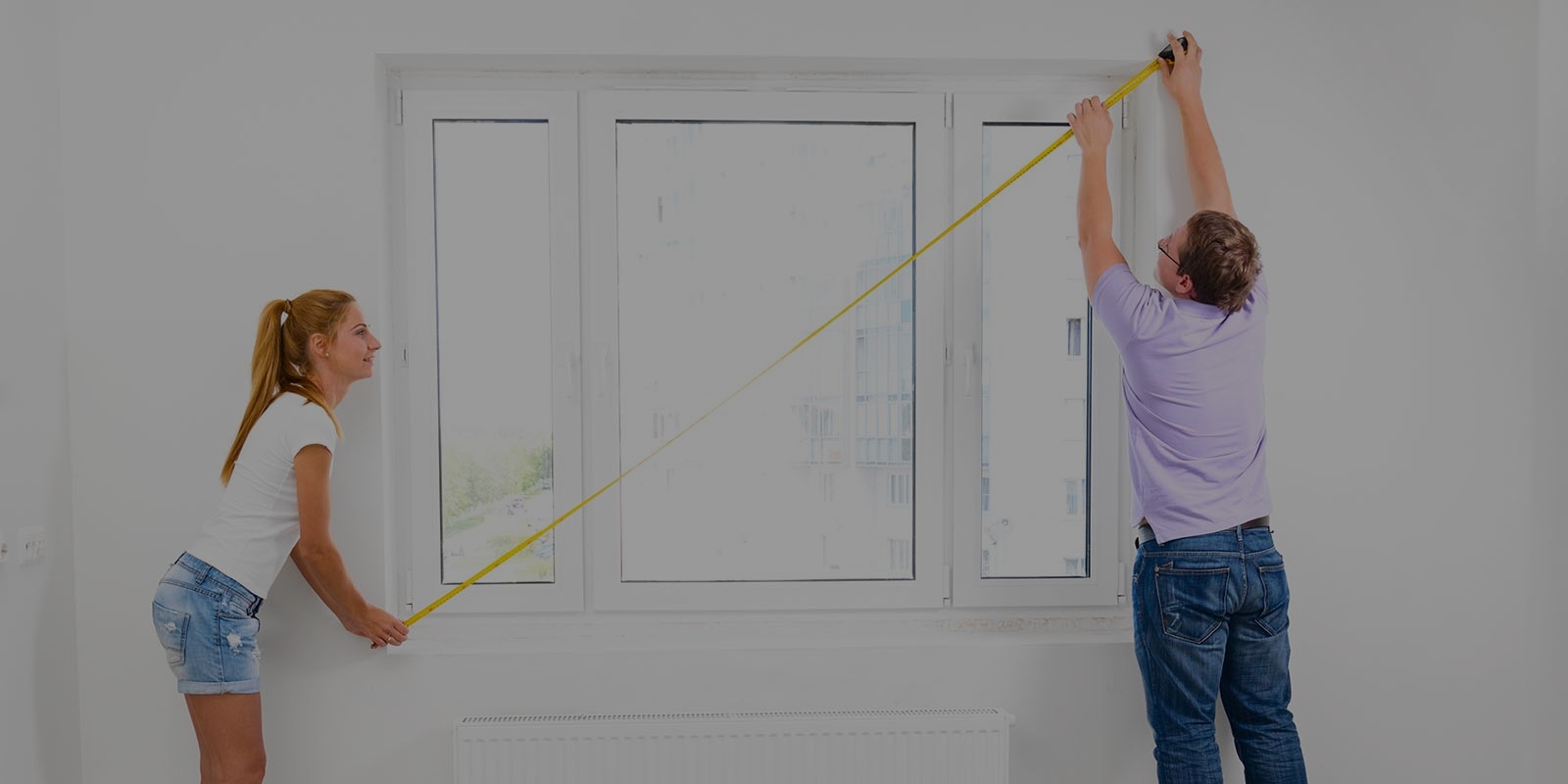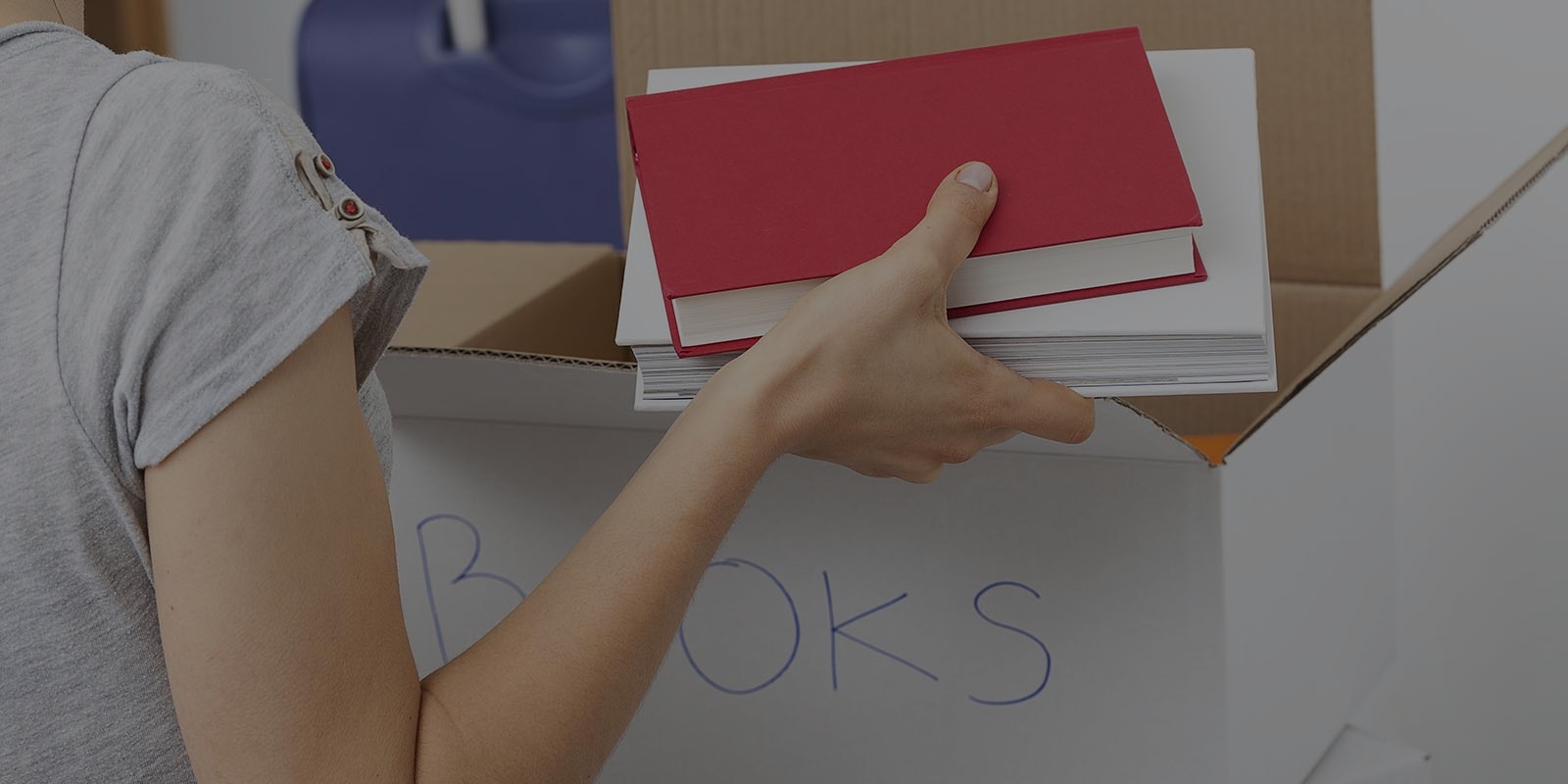The Ultimate Packing Guide for Your Next House Relocation
Posted on 02/06/2025
The Ultimate Packing Guide for Your Next House Relocation
Relocating to a new home can be exciting yet overwhelming. Whether you're moving across the street or across the country, strategic packing is key to minimizing stress. A well-organized approach ensures that your valuables arrive safe and sound, and makes settling into your new space much smoother. This comprehensive article serves as The Ultimate Packing Guide for Your Next House Relocation--packed with actionable steps, expert tips, and checklists to ensure you're confidently prepared for moving day.
Why Careful Packing is the Key to a Smooth Move
Efficient and careful packing is essential when planning a house move. Not only does it protect your belongings from damage, but it also reduces your workload on the other side. Improper packing can lead to broken items, misplaced boxes, and unnecessary stress. By following a systematic packing process, you're giving yourself the best chance at a seamless transition.

Pre-Packing Considerations
Before you start boxing up your home, there are several things to consider:
- Declutter - Minimize what you have to pack by donating, selling, or discarding items you no longer need. A fresh start in a new home is the perfect opportunity to lighten your load!
- Compile Supplies - Invest in sturdy boxes, packing tape, bubble wrap, markers, and specialty packing materials. Don't forget wardrobe boxes, mattress bags, and plastic wrap for furniture.
- Create a Timeline - Plan your packing schedule by working backward from your move date. Assign specific rooms or tasks to each day or week.
- Inventory - Make a detailed inventory of valuable items and important documents. Take photos for extra insurance, in case items are lost or damaged in transit.
Packing Supplies Checklist
Equip yourself with the right packing materials:
- Various sizes of moving boxes
- Heavy-duty packing tape
- Bubble wrap and/or foam peanuts
- Stretch wrap and packing paper
- Labels and permanent markers
- Scissors and box cutters
- Furniture blankets or pads
- Zip-top bags (for small parts like screws)
- Mattress and sofa covers
- Sturdy garbage bags (for pillows, bedding, and clothing)
How to Pack Room by Room: An Intensive Strategy
Packing room by room is the most methodical and effective approach. Here's your complete home relocation packing guide divided by space:
Kitchen Packing Tips
- Sort out essentials you'll need up until moving day--keep them accessible.
- Wrap dishes and glasses individually and stand them upright in boxes lined with bubble wrap.
- Use dish towels or paper towels to cushion fragile items.
- Bundle utensils together and pack them in rolls of packing paper or inside Tupperware.
- Secure appliances with twist ties, remove detachable parts, and pack cords neatly.
- Seal food containers tightly; avoid packing perishables unless transport time is very short.
Living Room and Family Areas
- Disassemble furniture when possible and place screws/bolts in labeled bags tapped to the item.
- Use plastic wrap to keep drawers from sliding out of dressers or to group cushions together.
- Wrap electronics in soft cloths or original packaging and label cables for easy reassembly.
- Pack books flat to prevent spine damage, and distribute weight evenly among boxes.
- Wrap artwork and mirrors in bubble wrap and pack them vertically for extra protection.
Bedrooms
- Pack clothes in wardrobe boxes to save time on rehanging at your new home.
- Use garbage bags to transport soft goods such as bedding, pillows, and comforters.
- Store jewelry and valuables in secure, easily-accessible locations--preferably with you instead of the moving truck.
- Label each box by family member or room for faster unpacking.
Bathrooms
- Dispose of nearly empty or expired toiletries.
- Put liquids in sealable plastic bags to prevent leaks.
- Roll towels for efficient use of space.
- Packing a "first-night" box with toilets paper, a shower curtain, soap, toothbrushes, and basic medications avoids late-night unpacking drama.
Home Office and Important Documents
- Use file boxes for paperwork, labeling with contents and importance level.
- Back up all computer data for extra security before disassembling equipment.
- Keep passports, contracts, and critical records with you during the move.
Packing Pro Tips: The Best Advice for Efficient Home Relocation
Maximize efficiency and minimize hassle with these additional tips:
- Start early and pace yourself. Packing always takes longer than anticipated.
- Pack similar items together and don't overstuff boxes--this reduces risk of breakage.
- Clearly label each box with its contents and intended destination room. Use color-coded stickers for extra clarity.
- Number your boxes and keep a master spreadsheet to track what's inside each one.
- Reserve special boxes for precious items: use "FRAGILE" labels and double wrap as needed.
- Keep an essentials box with a change of clothes, chargers, snacks, basic tools, pet supplies, and other things you'll need as soon as you arrive.
- Don't forget to defrost and clean your fridge at least 24 hours before moving.
- Coordinate with your moving company for any restricted or specialty items (plants, hazardous materials, etc.).
What Should Be Packed Last for Home Moves?
The last items packed should be those you use every day. Here's a smart checklist for your "Open First" or essentials box:
- Daily medications
- Toiletries and shower supplies
- Phone and device chargers
- Basic kitchen utensils (a plate, fork, mug, etc.) and snacks
- Bed linens and one pillow per family member
- Comfort items for children and pets
- Basic tools (screwdriver, utility knife, scissors, hammer)
- Important documentation (ID, lease or mortgage papers, insurance)
Packing Mistakes to Avoid
Avoid these common packing pitfalls to streamline your home relocation process:
- Procrastinating - Underestimating the time and energy packing takes.
- Using boxes that are too large or too small for heavy items.
- Not labeling boxes clearly - leading to confusion and frustration at your new home.
- Mixing belongings from different rooms.
- Packing hazardous materials (paints, aerosols, flammables) in the moving truck.
- Forgetting to set aside critical items for "first night" needs.
Protecting Fragile and Valuable Items
Special care should be taken when boxing up:
- Glassware, ceramics, and china - Use plenty of padding and don't stack too high.
- Electronics - Original boxes are best, otherwise, cushion generously and protect screens.
- Artwork - Pack in custom art boxes and clearly mark as "Fragile."
- Jewelry and small valuables - Carry these with you instead of putting them on the moving truck.
Unpacking and Setting Up Your New House
The work doesn't end once you arrive at your new home. For a stress-free experience:
- Clean and inspect each room before unpacking boxes.
- Set up beds and basic furniture first so your family can rest after the move.
- Use your inventory list to track all boxes and verify contents.
- Unpack kitchen and bathroom first--essentials make your new home livable immediately.
Eco-Friendly Packing Ideas
Consider the environment during your house relocation by:
- Reusing boxes from local retailers or friends where possible.
- Using clothes, towels, and linens rather than bubble wrap for cushioning.
- Choosing biodegradable or recyclable packing materials.
- Donating or properly recycling packing supplies after your move.
Hiring Professionals vs. DIY Packing
Depending on your time, budget, and needs, decide if you want to hire professional packing services or manage a DIY move. Professionals ensure expert handling and fast packing, but at a premium. If choosing DIY, follow this complete packing guide for home relocations for the best results.

Frequently Asked Questions
How early should I start packing before moving house?
Begin packing non-essentials at least 4-6 weeks before moving day. The earlier you start, the less rushed you'll feel.
What is the best way to pack fragile items?
Wrap each item separately, use generous padding, and pack tightly so nothing moves inside the box. Always mark boxes as "fragile."
Should I empty dressers and drawers before moving?
Lightweight clothing can remain inside, but remove any breakables, liquids, or heavy items for safety.
Conclusion: Stress-Free Packing for a Smooth Move
With the right preparation and a step-by-step plan, packing for your next home relocation can be more manageable than you think. Declutter, gather supplies, stay organized, and follow a systematic approach to packing each room. Don't forget to set aside essentials for your first night, and take care with fragile and valuable items.
A well-executed packing strategy will take much of the anxiety out of moving day and help you settle happily into your new surroundings. Bookmark this ultimate packing guide for house relocations and refer back to it as you prepare for a smooth and confident move!
Happy Moving!





